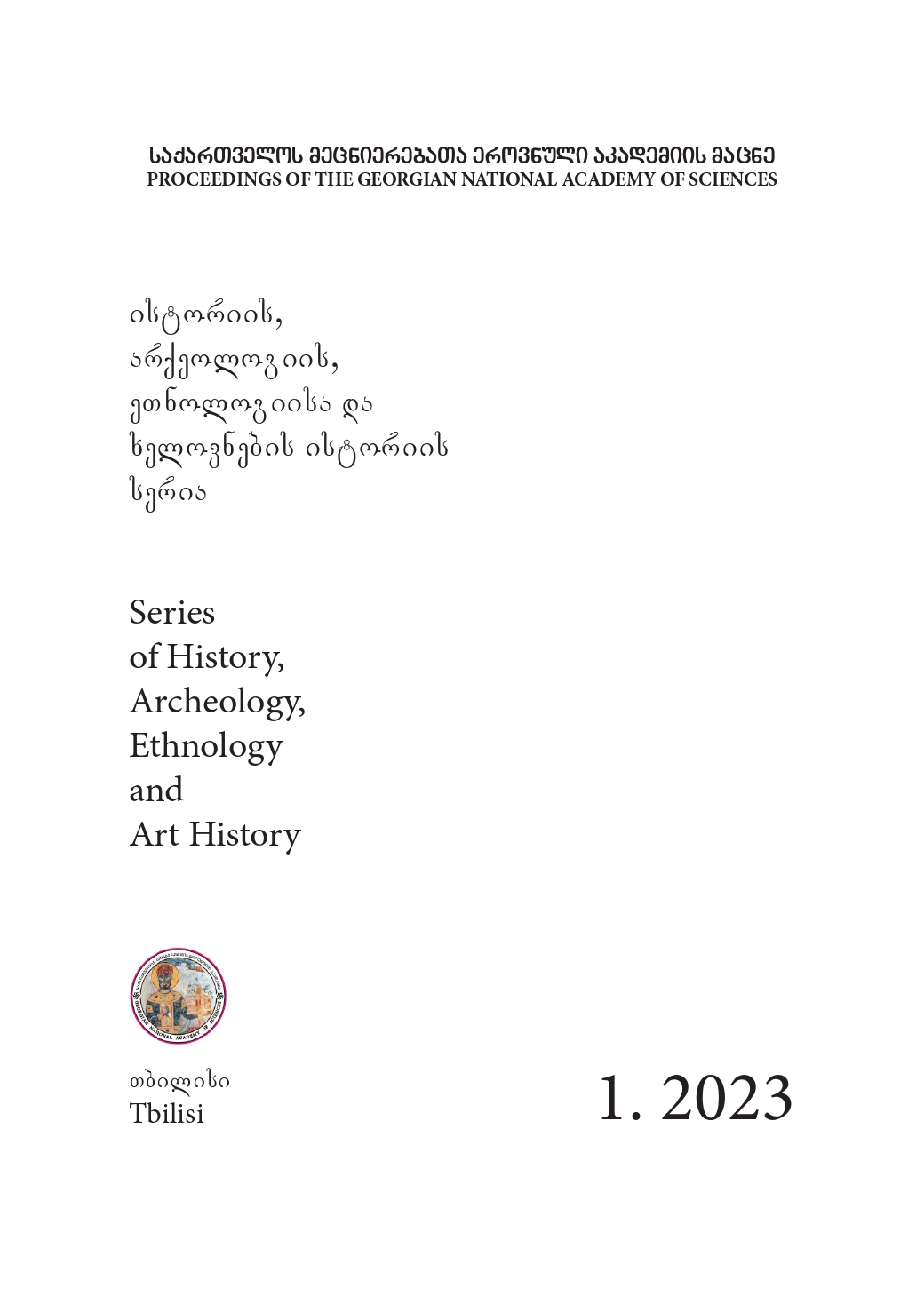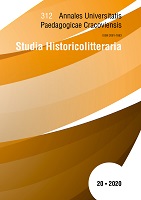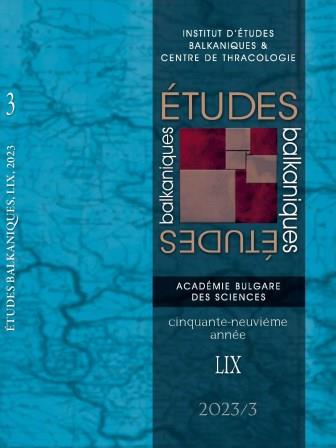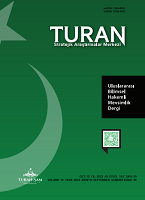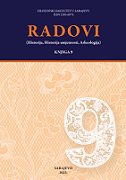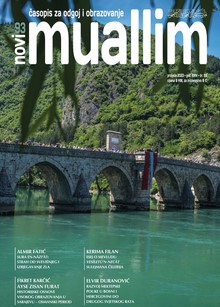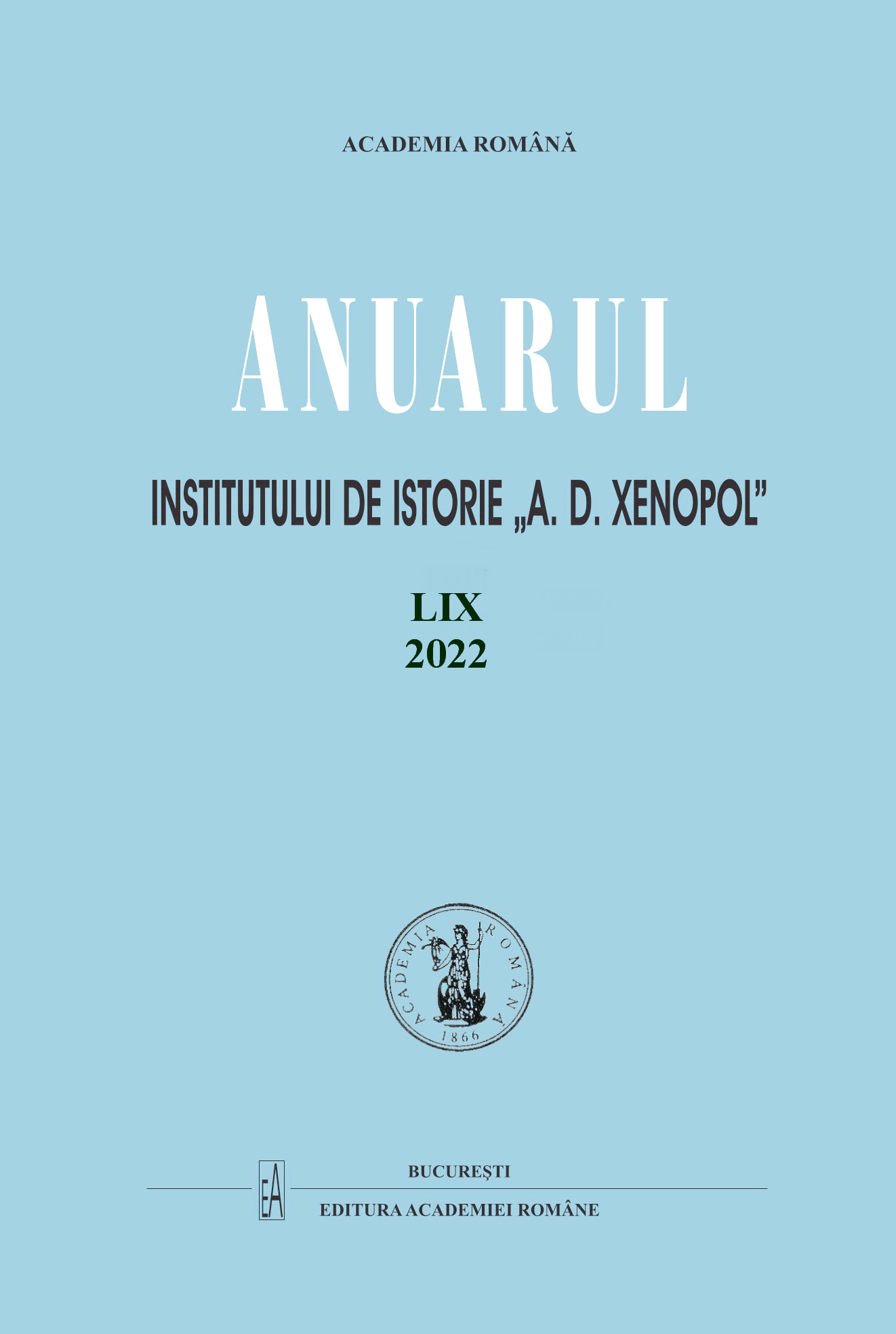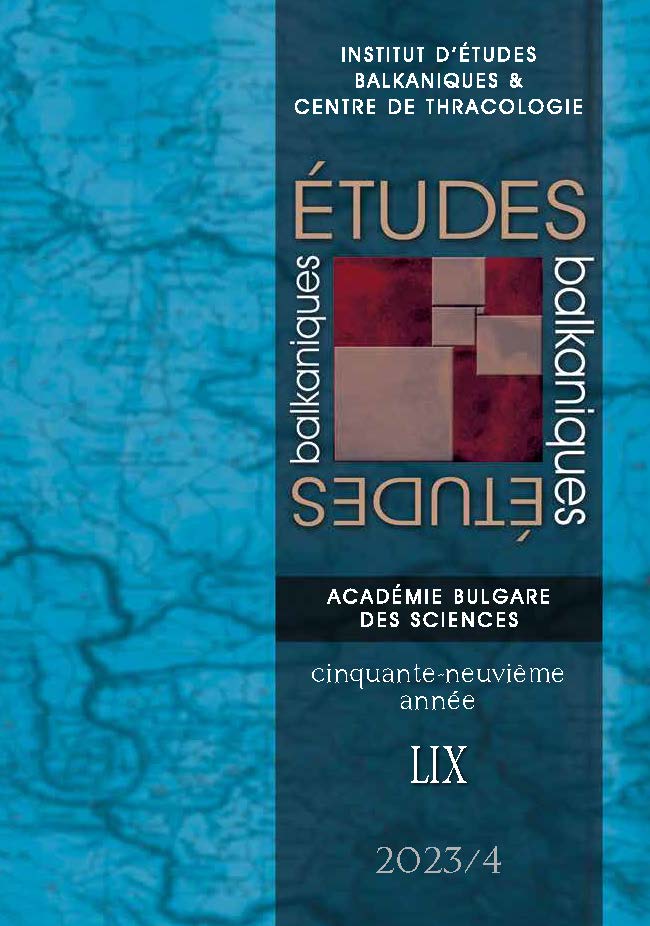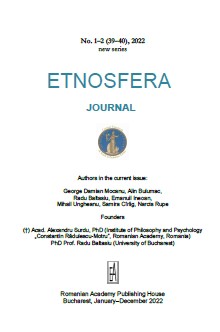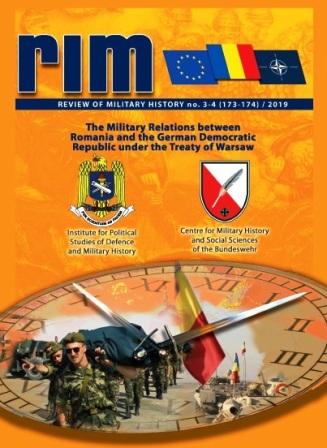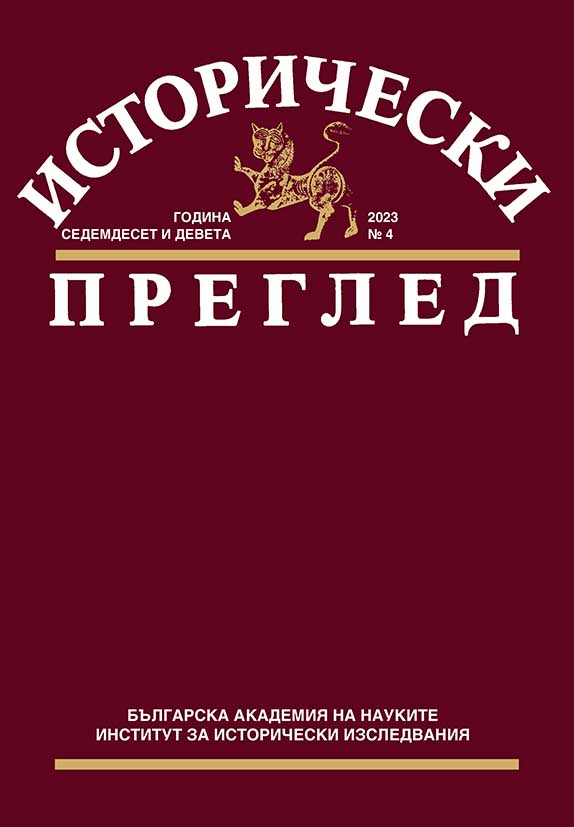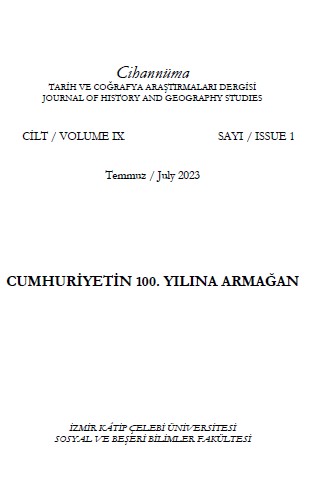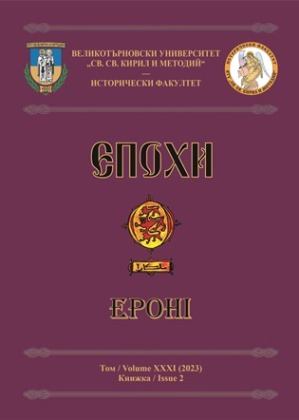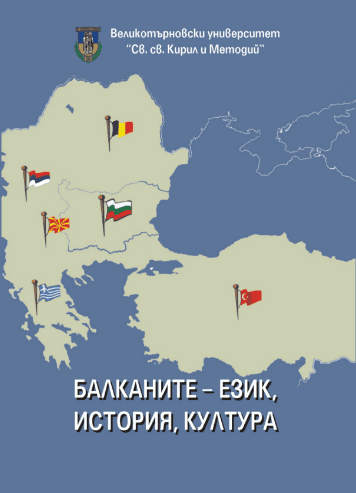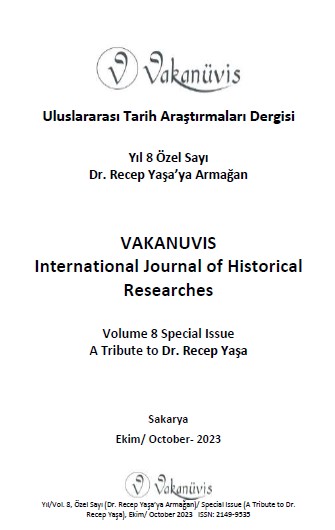Author(s): Alexandru Simon / Language(s): Romanian
Issue: 59/2022
In autumn 1488, Pope Innocent VIII sent Angelo Pecchinoli, bishop of Orte and Civita Castellana, as legatus de latere ad nonnulla Germanie, Ungarie, Polonie et Bohemie ac alias illis adiacentes partes atque regna. Pecchinoli’s primary pontifical interests resided with Matthias Corvinus, the conqueror of Vienna (1485). The relations between the Papacy and the king ofHungary and Bohemia (part of) were at an all-time low. Consequently, the legate spent most of his time at Matthias’ courts, either in Vienna or in Buda. His reports cover the turbulent last year of the king’s life (from January 30, 1489 to April, 6, 1490), as well as the subsequent – heavily fought – Hungarian royal elections (June 24 – July 24, 1490).The reports, preserved predominantly in Venice, were known to historians since the end of the 19th century. Vilmos Fraknói, Franz Babinger or Kenneth M. Setton made good use of them. The reports were quite relevant chiefly in Hungarian-Ottoman matters and in relation to Matthias’ disputed (and eventually failed) succession through his only, illegitimate moreover, son, John. The succession was much opposed by Queen Beatrice of Aragon, the daughter of Ferdinand, king of Naples, and Matthias’ influential consort.Until very recently however, there was no critical complete edition of the reports. The remarkable work of Antonin Kalous (2021) has filled that void, based on the extant copies of Angelo Pecchinoli’s reports preserved in Rome, Venice and also in Milan. This very much eased work on the present paper, which focuses on the Moldavian and on the Wallachian occurrences in the lengthily reports of the otherwise inexperienced diplomat.There were four such occurrences: (1) on January 30, 1489 (the first report of Pecchinoli on his meeting with Matthias), (2) on May 15, 1489, (3) on November 30, 1489, and (4) on April 6, 1490 (on precisely the day of Matthias’ death). Exceptionally, the first report was sent also to the Venetian cardinal Marco Barbo, a former legate himself in those Eastern parts (1472-1474), while the last report was summarized in the letter sent on the same day by Pecchinoli to the Papal vice-chancellor Rodrigo Borgia, future Pope Alexander VI. The latter’s secretary, the Venetian Ludovico Podocatoro, copied most of Pecchinoli’s reports.1) On their first meeting, Ancona took centre-stage. Since April 1488, Matthias’ troops garrisoned the Adriatic port, viewed by the Papacy as its fief. Pecchinoli reminded the king that he too could suffer – Roman – injury and pain. The legate gave Matthias two examples (which he, otherwise very careful to quote his and the king’s words, did not record, i.e. cite, verbatim in his report). The first one was the royal crown granted to the king of Bosnia by Pius II. The second was the Venetian supported enjoyed in Rome by the voivode of Moldavia. Both instances were most harmful to the interests of King Matthias.2) Moldavia occupied a special place in Matthias’ thoughts. During their encounter of May 1489, the king voluntarily confused his battle of Baia against Stephen III of Moldavia (1467), still voivode in 1489, with a confrontation between the Hunyadi monarch and the Turks. Partially, the king was correct. The said Baia was an “off-spin” of the Hungarian-Ottoman wars (and truces). That battle also served as “prelude” to the king’s subsequent Bohemia crusade. The relations had however completely changed over the next decades.3) By 1489, the rival sons of Sultan Mehmed II, Bayezid II and Djem, were fighting over Matthias’ goodwill. This came much to Rome’s dislike, as Innocent VIII’s desired crusader congress was constantly postponed (it eventually began in 1490 just a couple of days before the king’s death). In November 1489, Matthias even admitted to Pecchinoli that he had received a most tempting offer from Bayezid, whose representatives had come to Buda, together with the Hungarian envoy at the Ottoman court. The sultan was willing to return to Matthias at least one of the two major harbours (Chilia and Cetatea Albă) that he had taken in 1484 from the king’s vassal, Stephen III of Moldavia (his name was however not mentioned by both Matthias and Pecchinoli; the name of the harbour to be returned was additionally left out of the report, either by Pecchinoli or by the Venetian scribes who copied the report). Nevertheless, Christian duty commanded Matthias to reject the offer.4) In spite of the mounting – ever since 1486 and especially 1489 – rumours on his bad health, Matthias died unexpectedly in Vienna, in the early hours of April 6, 1490. He had just summoned the Hungarian Diet. According to Pecchinoli’s letters immediately sent first to Pope Innocent VIII and then to Cardinal Rodrigo Borgia, Matthias’ final concern had been a potentially imminent Ottoman attack on the royal Hungarian province of Transylvania, supported by the hosts of Moldavia and Wallachia. It soon turned out that the rumour was meant to send the opponents of John’s succession to defend the frontiers.The first report was preserved both in Rome and in Venice. The second and the third one were conserved only in Venice. The fourth (ones) survived only in Milanese and in Venetian copies. Venice was Stephen’s protector (of old) and was at odds with Matthias (in March 1489, the Serenissima started however making overtures to the Hunyadi king). Milan was tied to Matthias due to the marriage by proxy between John Corvinus and Bianca Maria Sforza (1487). These circumstances highlight some “details” in the reports.The king never mentioned Moldavia or her voivode in the speeches recorded by the legate. The latter similarly never mentioned Moldavia and or Wallachia after the threats he made during his first meeting with Matthias. Moldavia and Wallachia resurfaced in Pecchinoli’s reports only on the day of Matthias’ death. This “disappearance” and these “omissions” draw attention to the other – rather numerous – sources from those years.They tell a very different story (e.g. Stephen was loyal to Matthias, who granted him lands in Transylvania; the voivode of Moldavia favoured a partition of royal Hungarian power between the Habsburgs and John, who should have at least become the king of Bosnia; Stephen also enjoyed the favour of Venice, who, according to her own men, yet in 1492, had never actually stopped funding him). It therefore seems that, in addition to his own voluntary omissions, Pecchinoli’s reports are indicative of the fact that the legate was frequently kept in the dark by the otherwise most verbacious King Matthias Corvinus.
More...


